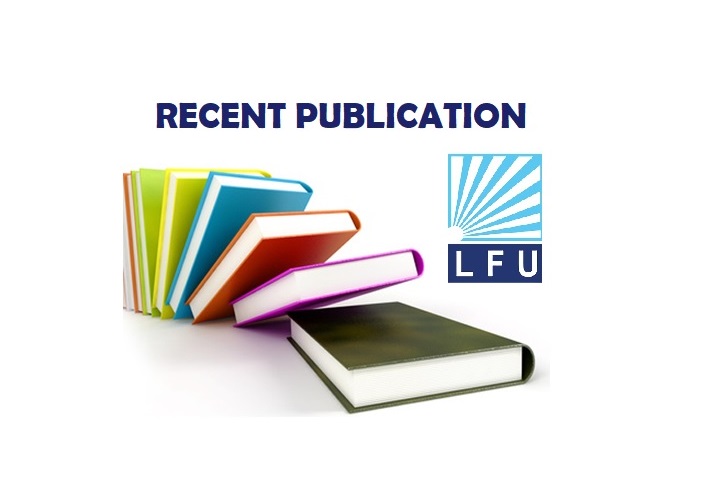-
Coals are employed as fiery substance, and every day, millions of ton coal are consumed by coal users around the world. It is investigated that the millions of coal’s transportation/logistic till the coal user plants via road route and also inside the coal user plants (known as twice factors) not only enhance the air pollution but also cause the global warming. It is earlier known that coals emit the toxic pollutants and offensive gases such as sulfur dioxide, SO2; nitrogen oxides, NOX; hydrogen chloride arsenic; carbon monoxide, CO; methane; CH4; and CO2 on reacting with environmental O2 due to said twice factors, i.e., during the transportation from coal refinery spot to entry gate of coal user plants (another spot) and in process logistic/movement inside the coal user plants (loading to conveyor to coal fire tubes “attached with coal crushers”). Therefore, the coal refinery technique/process is found as the best practice to control air pollution under concerns of twice factors. The reliable and trustworthy coal refining technology improves the quality of coal by eradicating or eliminating the coating or layers of toxic particles from coal’s surface, which speedily crumble or decompose in reacting with environmental O2 under twice factors. As results, coal refining technology adds the green supply chain value into proposed twice factors and also save the world from breeding of ills and viruses. It is understood that the best coal refinery technique/process helps to overcome and reduce air pollution by responding discussed twice factors (accepted as research challenge and motivation of research). In the presented research work, the authors developed and proposed a dynamic multidimension Coal Refinery Process Absorbability Index (CRPAI) structure (consisted of coal refinery core dimension and subdimensions correspond to CRPA alternative techniques/processes) appended with Robust Optimization Algorithm (ROA) to be explored for opting the best CRP from available options. But due to inherent ambiguity, vagueness, and inconsistency involve in both dimensions of proposed structure, the assessment of expert’s panel is gathered in the terms of linguistic variable “appropriateness ratings” against the subdimensions of CRPAI structure corresponding to preferred CRP options. Next, assigned appropriateness ratings against the subdimensions are substituted by GIVFN. To arrive to core dimensions from subdimensions of CRPAI structure, a GITFN-OWGO (Ordered Weighted Geometric Operator) is investigated and modified as a Ordered Weighted Geometric Average Operator (OWGAO) to be applied for estimating the weights of subdimensions (core novelty of work). Finally, a ROA (consisted of MULTI-MOORA with dominance theory) is applied on the output of OWGAO for opting the viable and best CRP option. The positive effect of the dynamic multidimension CRPAI structure is that it helps the coal refinery companies to assess measure and evaluate the best and feasible coal refinery process under concern of twice factors using expert information. The research can be used to control the air pollution by responding aforesaid twice factors by single practice (the best coal refinery process/technique assessment and evaluation).
- Shuqiang Cheng, M Prabhu, Anoop Kumar Sahu
- Adsorption Science & Technology
- 18/11/2021
- https://www.hindawi.com/journals/ast/2021/3206293/
- https://doi.org/10.1155/2021/3206293

